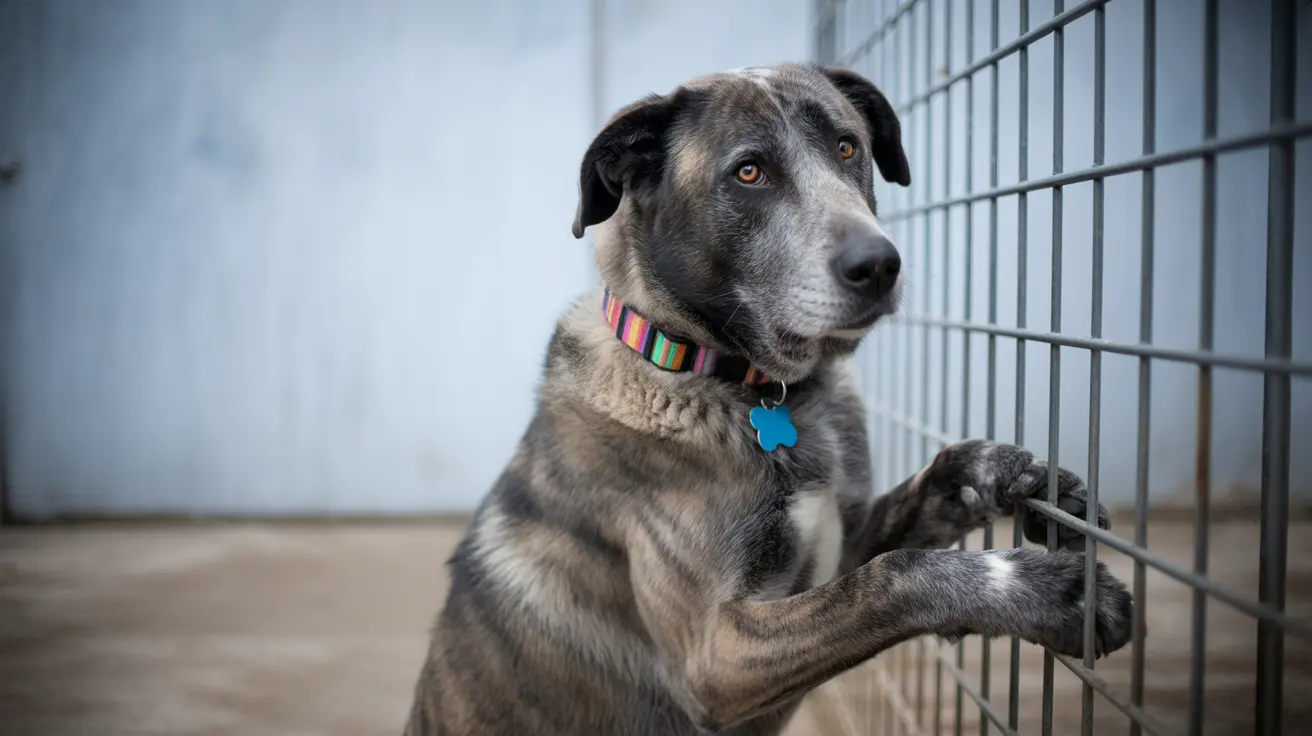How to Keep Your Dog Safe in the Car
Driving with your dog can be a joy, but it comes with serious responsibilities. Keeping your furry friend safe during car rides isn't just about comfort—it's about preventing injuries to both pets and people. Let's break down the best ways to protect your dog while traveling by car.
The Dangers of Unrestrained Pets
Many pet owners don't realize how risky it is to let dogs roam freely inside vehicles. In a crash, an unrestrained 60-pound dog can become a 2,700-pound projectile at just 35 miles per hour. That's enough force to cause fatal injuries to both pets and human passengers. Despite knowing these risks, nearly half of pet owners allow their animals to move around the car without restraint.
Why You Should Never Leave Your Dog Alone in the Car
Leaving pets unattended—even for a short time—can be deadly. Cars heat up quickly: within 10 minutes, interior temperatures can rise by about 20 degrees Fahrenheit; after 20 minutes, it's up by 30 degrees. Even on mild days, that means temperatures inside can soar past 110 degrees. Cracking windows doesn't help enough to make it safe. In cold weather, cars offer little insulation and pets (especially those who are young, old, thin, or sick) can develop hypothermia fast.
The Safest Ways to Restrain Your Dog
- Crash-tested harnesses: These work with your car’s seat belt system and keep your dog upright and secure.
- Crates or carriers: Choose one that's large enough for your dog to stand up, turn around, and lie down—but not so big that they slide around during sudden stops.
- Hard-sided crates: Models that bolt to the vehicle’s frame or are certified by independent organizations (like Center for Pet Safety) offer superior protection.
The backseat is always safest for dogs because airbags in the front seat can deploy with enough force to seriously injure or kill a pet. If you must put your dog in front (not recommended), use a crash-tested harness and deactivate the passenger airbag if possible.
Dangers of Pickup Truck Beds
Letting dogs ride in open truck beds is extremely risky—they can be thrown out or jump out unexpectedly. Even tethers aren't safe; they can cause strangulation or injury if there's a sudden stop or accident. Many states have laws against transporting unrestrained pets this way.
Avoid Extension Tethers and Simple Booster Seats
Tethers may prevent distractions but aren't crash-safe; they allow too much movement and increase injury risk during collisions. Likewise, most booster seats haven't passed independent crash-testing and shouldn't be relied on for safety.
No Heads Out Windows!
It might look cute (and dogs love it), but letting them stick their heads out the window exposes them to flying debris, dust, bugs—and even accidents from falling or jumping out. Eye and ear injuries are common consequences that sometimes require expensive veterinary care.
Distraction Dangers
An unrestrained dog can interfere with driving—blocking pedals or obscuring visibility—and may panic after an accident, fleeing through broken windows or making rescue efforts harder for emergency responders.
Training Your Dog for Car Rides
- Start slow: Begin with short trips so your dog gets used to their restraint system gradually.
- Tire them out: Exercise before travel helps reduce restlessness and anxiety.
- Add comfort: Bring familiar blankets or toys along for reassurance.
Travel Prep: Food, Water & Breaks
Avoid feeding right before trips—motion sickness is more likely on a full stomach. For longer journeys, pack water (with a portable bowl) and plan regular bathroom breaks. Keep waste bags handy for quick clean-ups.
Selecting Safe Products
- CPS-certified gear: Look for harnesses like Sleepypod Clickit Sport or hard-sided crates such as Gunner G1 Kennel that have passed independent crash tests.
- Proper fit: Harnesses should allow two fingers’ space between strap and body; crates should be snug but comfortable.
- Install carefully: Always follow manufacturer instructions when anchoring restraints in your vehicle.
Laws & Regulations
Laws vary by state—some require pet restraints by law; others prohibit transporting animals dangerously. Know your local rules but aim for best practices regardless of legal minimums.
Packing Essentials & Emergency Plans
- Your dog's paperwork (vaccination records)
- Any needed medications
- A first aid kit
- A plan for emergencies (including contact info for nearby vets)
- Packing pet insurance information if you have it
Your Quick-Reference Checklist for Safe Pet Travel:
- Always restrain your dog with a crash-tested harness/crate/carrier in the backseat.
- Nobody rides loose—no exceptions!
- No heads out windows; no riding in truck beds unprotected.
- No leaving pets alone in vehicles—ever!
- Pace meals before travel; bring water & take breaks as needed.
- Select independently tested products & install them properly every time you drive.
- Know area laws about pet transport & distracted driving penalties.





